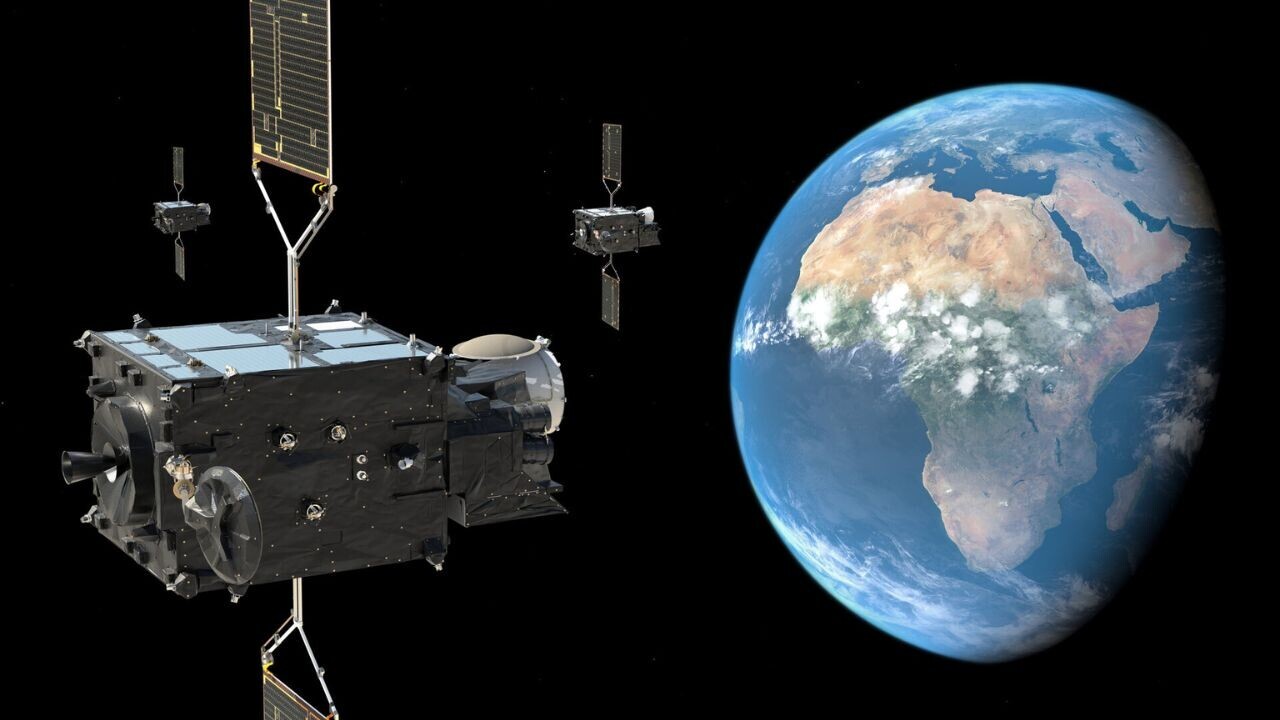
Europe’s first “lightning hunter” has generated striking animations of severe storms hitting the Earth.
Built by Italian firm Leonardo, the system is the first satellite instrument that can continuously detect lightning across Europe and Africa.
The imager is comprised of four powerful cameras. Each of them can capture 1,000 images per second, day and night, and detect a single lightning bolt faster than the blink of an eye.
Algorithms then send the data back to Earth, for use in weather forecasts, climate research, and air transport safety.
According to Eumetsat, the European weather agency, severe storms have caused an estimated €500bn of damage over the past 40 years in Europe alone. The lightning imager could mitigate the impact.
“Severe storms are often preceded by abrupt changes in lightning activity,” said Phil Evans, director-general of Eumetsat. “By observing these changes in activity, lightning imager data will give weather forecasters additional confidence in their forecasts of severe storms.”
Eumetsat said severe storms have caused an estimates €500bn of damages over the past 40 years in Europe alone.
In December 2022, the lightning imager launched aboard Europe’s latest weather satellite, the Meteosat Third Generation. On Monday, we received the first results from the instrument: animations of lightning descending across Earth.
Here are the extraordinary 1st results from #MTGI1's Lightning Imager!⚡️
We can now for the first time detect lightning over Europe & Africa?
More at: https://t.co/LPubLjF2if
Please note: These animations were created from raw preliminary data and are not for operational use. pic.twitter.com/4QWTwUA1tn— EUMETSAT (@eumetsat) July 3, 2023
The footage was produced by Eumetstat and the European Space Agency (ESA).
“The animations show the instrument’s ability to accurately and effectively detect lightning activity over the whole area of the cameras’ field of view, which covers 84% of the Earth disc,” said Simonetta Cheli, director of Earth observation programmes at ESA.
You can watch a montage of the videos on YouTube and find all the animations on the ESA’s website.
Get the TNW newsletter
Get the most important tech news in your inbox each week.





